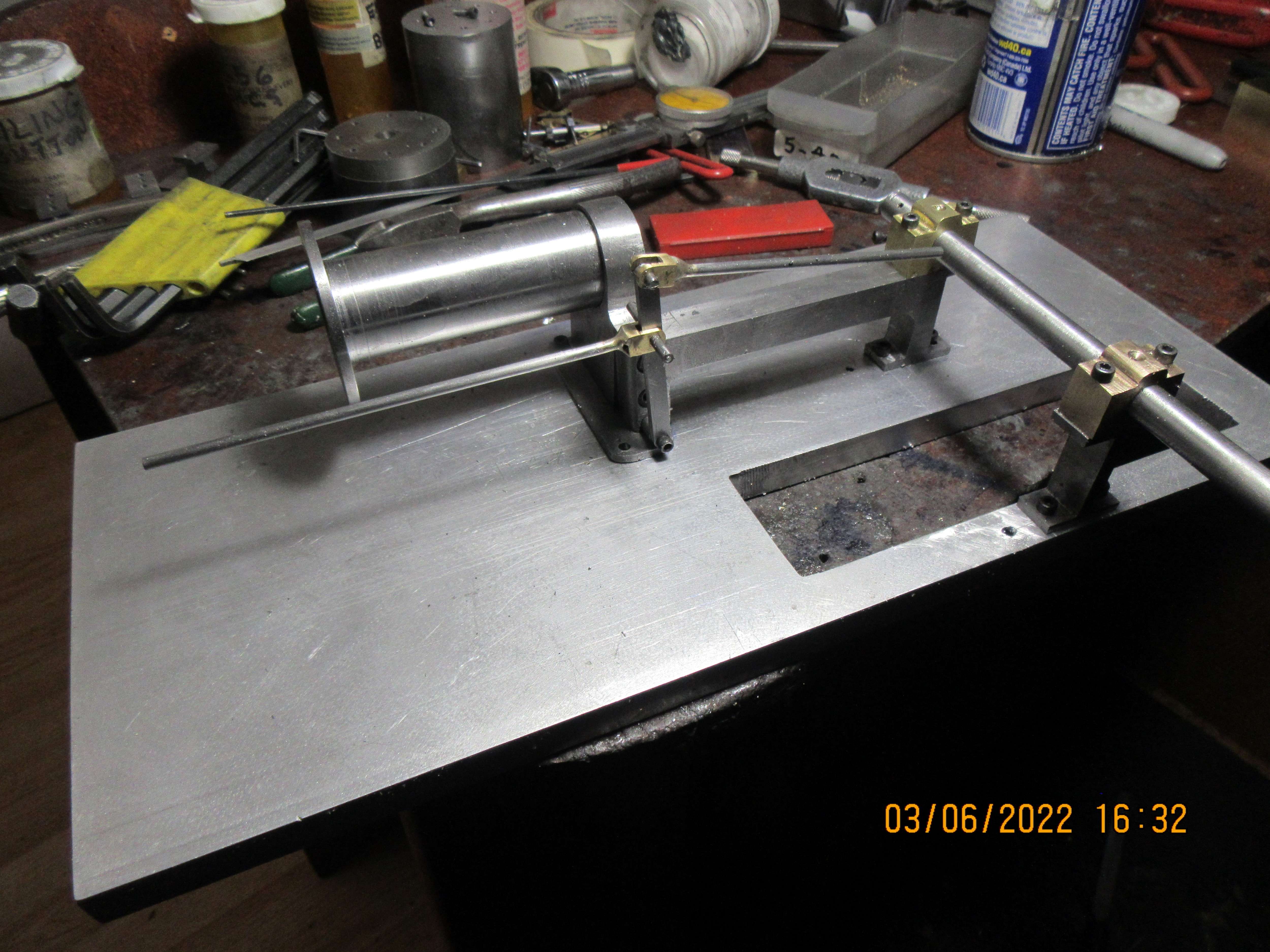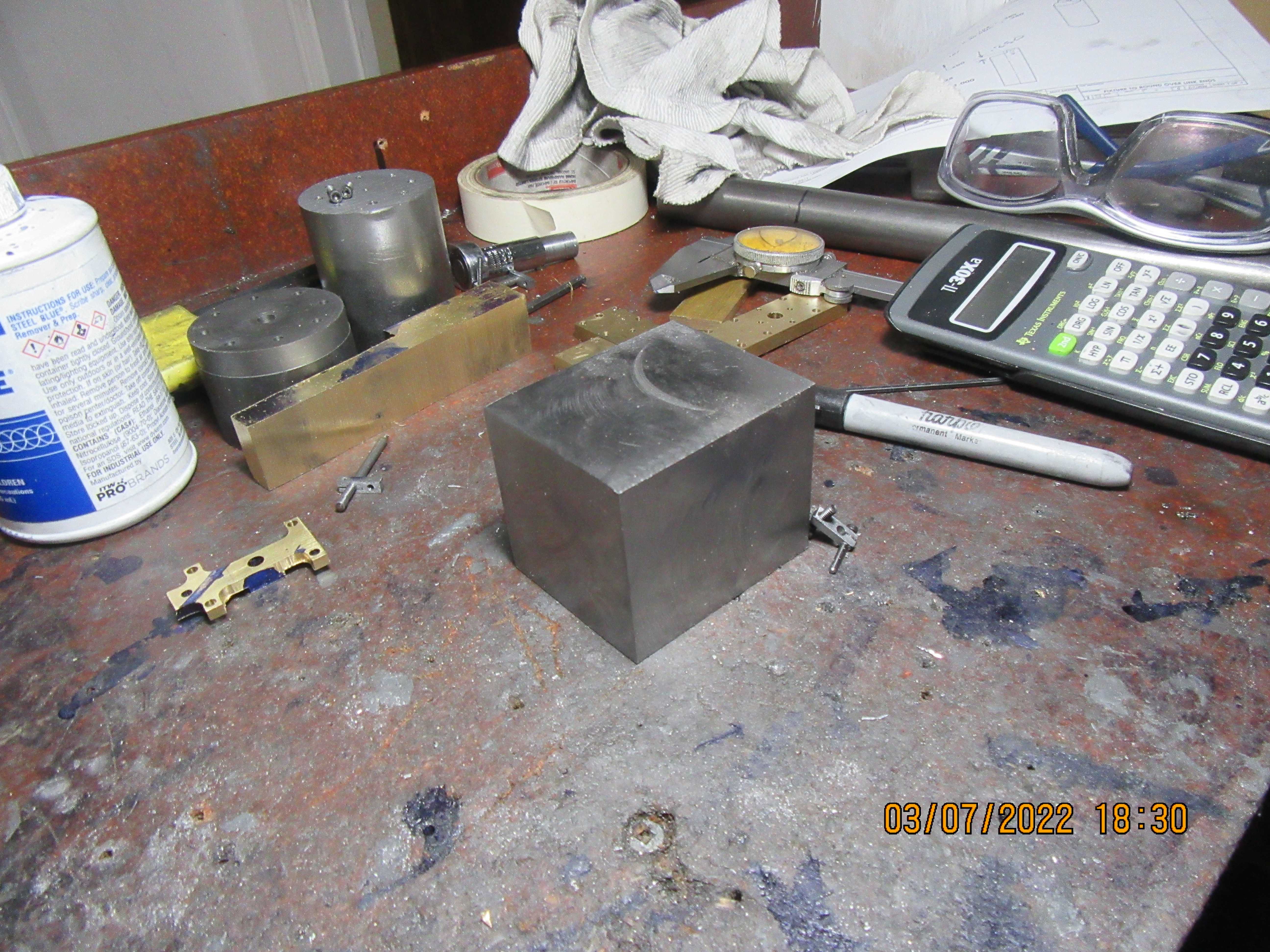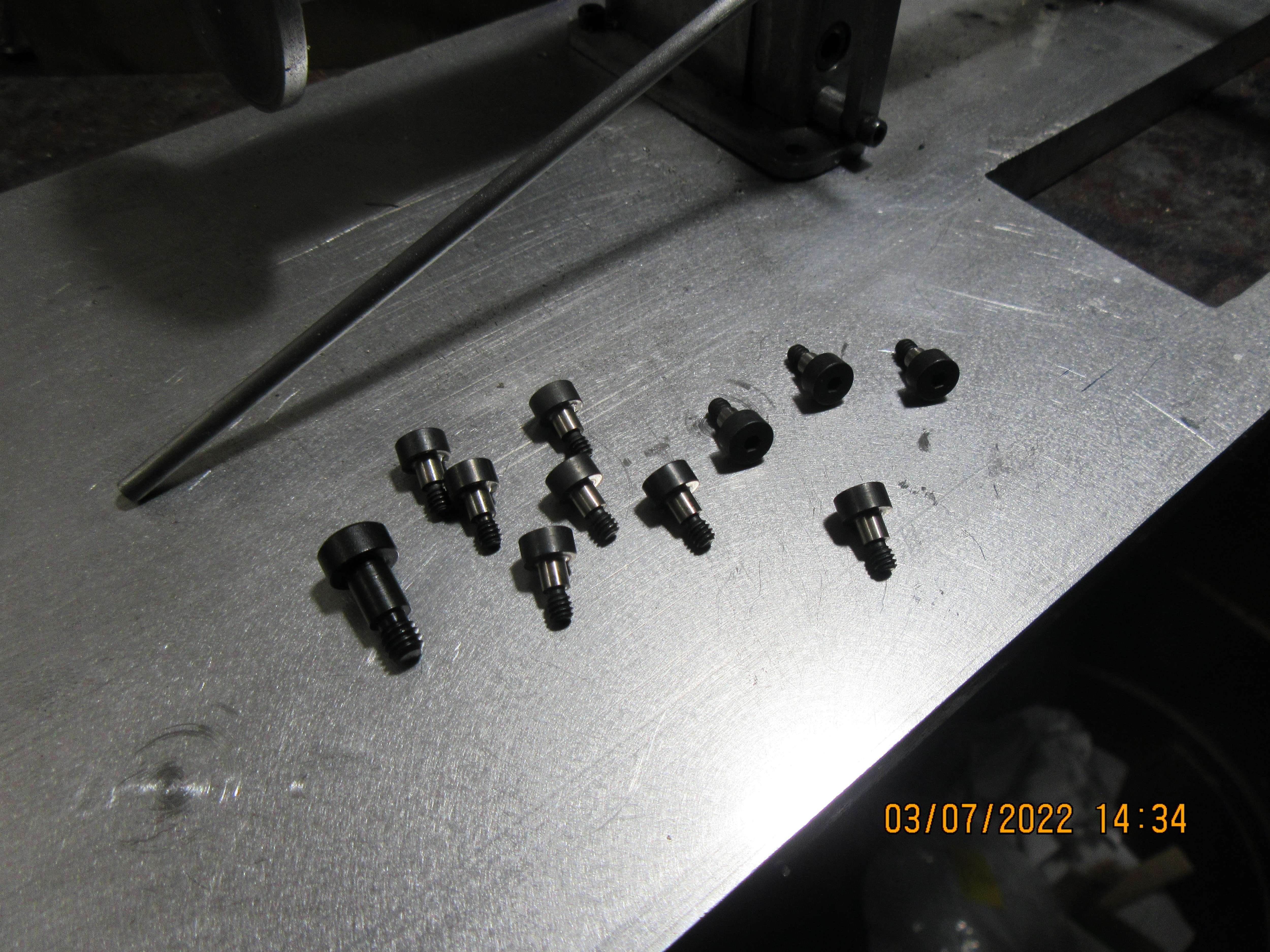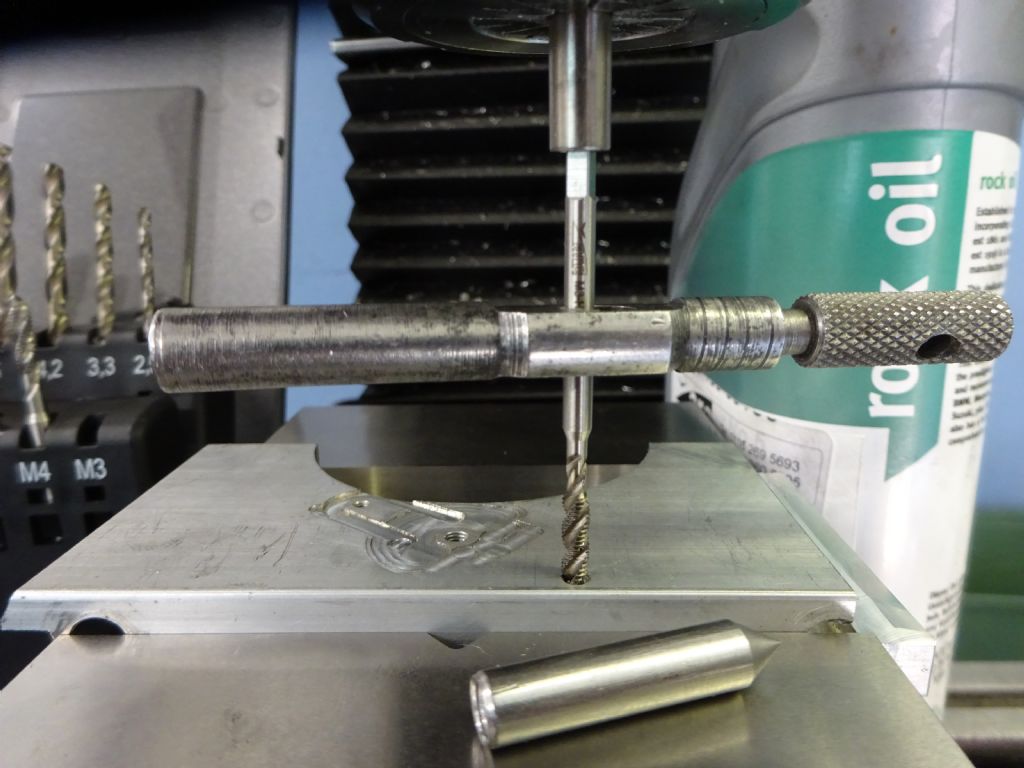Brian,
I was going to suggest that you get some more taps and dies and use plenty of lube on them. Work out how many holes and divide by the number of taps and only do that many holes and then use a new tap. And just take it slow, what you don't get done today, you can always do it tomorrow.
Still following along.
Cheers
Andrew
I was going to suggest that you get some more taps and dies and use plenty of lube on them. Work out how many holes and divide by the number of taps and only do that many holes and then use a new tap. And just take it slow, what you don't get done today, you can always do it tomorrow.
Still following along.
Cheers
Andrew


































































